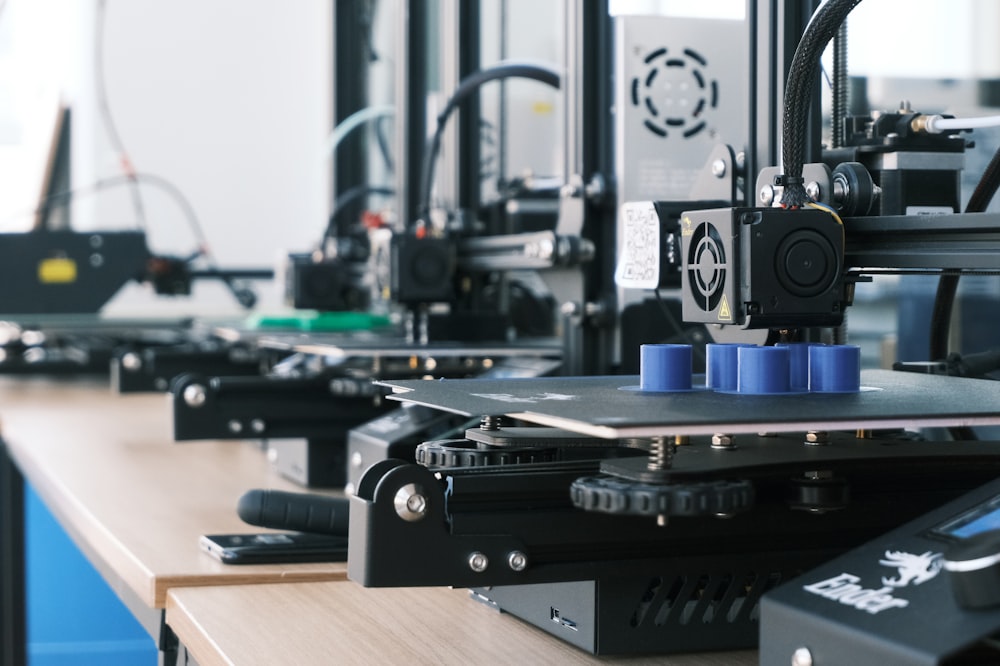

Automation Systems
Automation, which we are in every moment of our lives, is found in almost all devices, equipment, machines, and systems we use today. Starting from the iron, washing machine, and dishwasher used in homes, shopping malls’ heating and ventilation systems are a simple example of devices and systems that work with automation. Likewise, the new model cars we use are examples of automation–controlled systems. In addition, production machines, packaging, transport systems, storage, and even loading systems are also automated in the industry.
Automation Systems can be made with simple thermostatic control and cards with a microprocessor or programmable systems such as PLC. Automation equipment varies according to the size of the machines or systems the number of received and given commands and signals.
Automation Equipment
A driver that can only control the speed and switch to different rates simultaneously must be of various types. For this reason, it is essential to get the data correctly and set the conditions perfectly. Otherwise, the system cannot work efficiently.
What are the automation advantages?
With the advancement of time, the competitive environment has increased in automation. This has caused companies that produce automation systems to make faster and more flexible systems that fit everyone. As a result, automation companies began to create automation that has many advantages for their customers. The benefits of automation can be listed as follows:
- Occupational accidents are visibly reduced while producing with the automation system.
- In long–term works, the automation system completes the production at a lower cost than the workforce.
- Since there is no such thing as human error in companies that make products using the automation system, the error rate is meager, and the quality of the produced product is high.
- A production company, where the work is automatic and error–free, is chosen more than other companies. This allows the company to stand out more than others in a competitive environment.
- Since automation systems work uninterruptedly and quickly, they can produce high numbers in a short time. A worker can do the work done by a single machine in a day, perhaps in a week. This saves time as well.

- The first disadvantage of automation is the cost. Although such systems cover their financial losses over time, the initial installation cost can be very high. Especially for small–scale companies, this cost is high.
- Nowadays, when there are many problems related to unemployment and the unemployment rate is high, the automation system creates a debate.
What are the types of automation systems?
Industrial Machine Automation
It is called automation, which is used primarily in industries and is used to make production at low cost, error–free, and in a short time with systems that work continuously.
Accounting Automation System
This type of system is called the system that does the accounting work; it can transmit information about the current stock, customer information, suppliers, and personnel quickly and securely with barcode.
Lighting Automation Systems
They are systems where operations such as remote access and lighting systems and increasing their savings can be made.
Warehouse Automation
It can be said that systems need to be controlled in warehouses and used to track stock, last production date, storage conditions, and distribution information.
Greenhouse Automation
It is defined as systems designed for people who produce in greenhouses, measuring weather, wind, humidity, and temperature and providing imaging with a camera.
Student Automation
These systems can be explained as records and display information about students while providing up–to–date, fast, and easy system access.

It can be defined as automation that creates a flexible and easily controllable production system for the factory.
Building Automation
It is one system that analyzes data such as security, breakdown, and energy saving in shopping malls, residences, factories, and similar places and offers solutions.
Library Automation
The systems used for the locations and information of the books found in the library, the control of the documents and the follow-up of the borrowed books are called.
Market Automation
Systems that facilitate inventory and sales management and display stock, sales, and purchasing data are called systems.
Home Automation
Generally, it can be explained as systems that allow remote access, remote management of devices, lights, and intelligent devices, and where security works can be done.
PLC Automation
It is a unique computer system that means “Programmable Logic Control” and can store and analyze the information it receives with its sensors.




